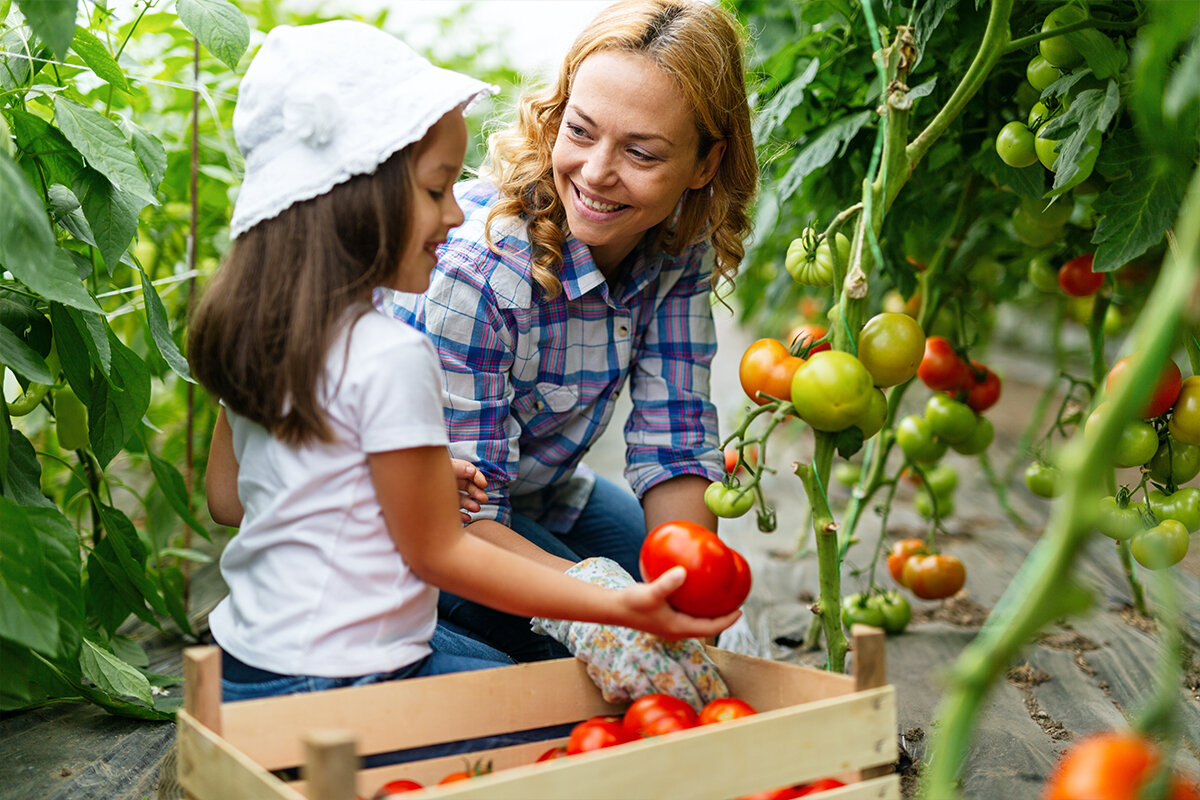Gardening for Wellness: A Comprehensive Guide

Gardening for Well-Being: A Comprehensive Guide
Introduction
In recent years, gardening has evolved from a simple hobby into a powerful tool for improving both mental and physical well-being. The therapeutic benefits of nurturing plants and creating green spaces are widely recognized, making gardening for well-being a growing trend. This comprehensive guide explores the various ways gardening can enhance health, relieve stress, and create a sanctuary for relaxation and mindfulness.
The Therapeutic Benefits of Gardening
- Mental Health Boost: Gardening has been shown to lower cortisol levels, the hormone associated with stress. Digging, planting, and weeding can be meditative, helping individuals disconnect from daily pressures.
- Mood Improvement: Exposure to natural light and fresh air, along with the physical activity involved in gardening, leads to the release of endorphins, the body's natural mood elevators. Seeing blooming plants and flowers also promotes a sense of satisfaction and joy.
Physical Health Benefits
- Exercise: Gardening is a form of moderate physical activity that includes tasks such as digging, planting, and watering. These activities can help improve cardiovascular health, build muscle strength, and increase flexibility.
- Vitamin D: Spending time outdoors while gardening increases exposure to sunlight, which is essential for the body to produce Vitamin D. This vitamin is crucial for bone health and the immune system.
Cognitive Benefits
- Mental Clarity: Engaging in gardening tasks that require planning and problem-solving can help keep the mind sharp. This is particularly beneficial for older adults, as it may help slow cognitive decline.
- Mindfulness: Gardening promotes a state of mindfulness, where individuals focus on the present moment. This practice can reduce anxiety and improve overall mental clarity.
Creating a Wellness Garden
- Meditation Areas: Create a dedicated space in your garden for meditation. This could be a simple bench under a tree, a secluded corner with comfortable seating, or a designated path for walking meditation.
- Plants: Choose calming plants such as lavender, chamomile, and jasmine, which have soothing scents and can enhance the meditative experience.
Sensory Gardens
- Purpose: Sensory gardens are designed to stimulate all five senses, providing a rich and immersive experience that can be therapeutic for both children and adults.
- Elements: Add plants with varying textures, colors, and scents. Consider incorporating a water feature for the soothing sound of flowing water and wind chimes for gentle auditory stimulation.
Edible Gardens
- Health Benefits: Growing your own fruits, vegetables, and herbs ensures a fresh and nutritious supply of produce. Gardening for food also encourages healthier eating habits.
- Plants: Include a variety of edible plants such as tomatoes, basil, mint, and strawberries. These are not only easy to grow but also provide a sense of satisfaction when harvested.
Fragrant Gardens
- Aromatherapy: Fragrant plants can have a profound effect on mood and well-being. Add aromatic plants like rosemary, gardenia, and roses to create a scented garden that promotes relaxation and stress reduction.
- Placement: Plant fragrant varieties near seating areas, windows, or along pathways to maximize their impact while you move through the garden.
Practical Tips for Gardening for Well-Being
- Start Small: If you are new to gardening, begin with a small, manageable area. A few potted plants or a small raised bed can be a great starting point.
- Choose the Right Plants: Select plants that are well-suited for your climate and soil conditions. Native plants are often easier to grow and maintain.
- Create a Routine: Establish a regular gardening routine. Consistent engagement with your garden can provide a sense of structure and continuity, which is beneficial for mental health.
- Garden with Others: Join a community garden or gardening group. Social interaction while gardening can enhance the experience and provide additional emotional support.
Conclusion
Gardening for well-being is a holistic approach that combines physical activity, mental relaxation, and a connection to nature. Whether you have a large backyard or a small balcony, creating a green space that promotes well-being is achievable. By integrating elements such as meditation areas, sensory gardens, and edible plants, you can transform your garden into a sanctuary for health and happiness. Explore the many possibilities and let your garden become a source of joy and tranquility.
For more information and to discover gardening products that can help you create your wellness garden, visit Bloomcabin.

